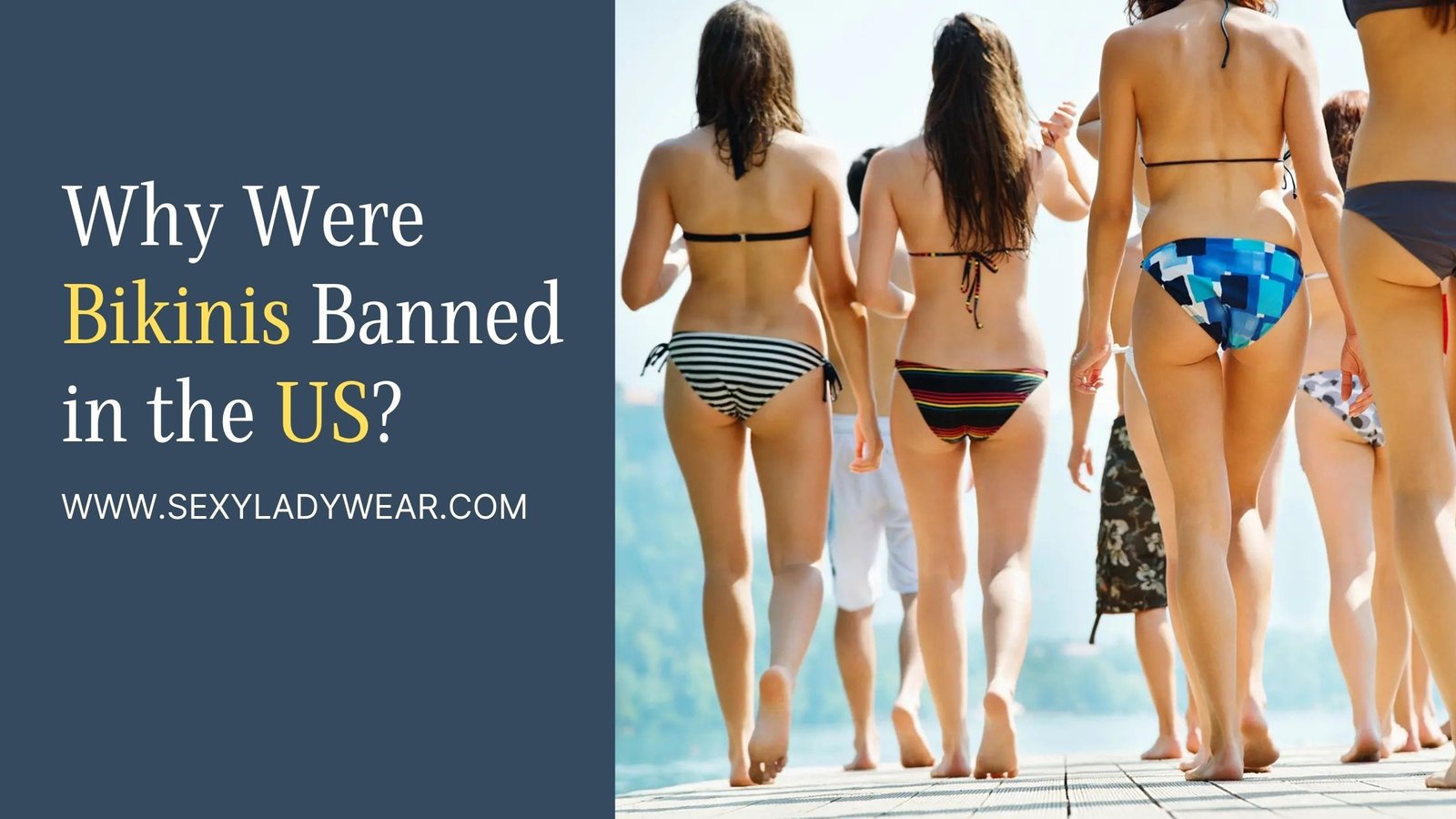Bikinis, the quintessential swimwear for beachgoers and sun-seekers, have long been a topic of fascination and debate. While these two-piece swimsuits are celebrated for their style and comfort, their journey in the United States has not been without controversy. Over the decades, bikinis have faced societal resistance, legal restrictions, and cultural debates, leading to bans in certain places and contexts. This article delves into the history and reasons behind the bans on bikinis in the US, exploring the societal values, legal challenges, and changing perceptions surrounding this iconic swimwear.
A Brief History of Bikinis in the US
The bikini made its debut in 1946, introduced by French designer Louis Réard. It was considered revolutionary—and scandalous—for its time, as it revealed more skin than any other swimwear before it. In the conservative societal backdrop of post-war America, bikinis were initially met with resistance. Early adopters faced criticism, and public establishments often enforced strict dress codes prohibiting such swimwear.
By the 1960s, however, cultural shifts and the feminist movement paved the way for greater acceptance of bikinis. The influence of Hollywood films and pop culture icons, such as Marilyn Monroe and Brigitte Bardot, further cemented bikinis as a fashion staple. Despite this progress, many communities across the US continued to ban bikinis, citing public decency laws and societal norms.
Why Were Bikinis Banned?
1. Moral and Cultural Conservatism
In the mid-20th century, American society adhered to strict moral codes, particularly concerning modesty. Bikinis were seen as provocative and inappropriate, leading to bans in many conservative communities. For decades, these bans reflected societal discomfort with changing attitudes toward women’s bodies and sexuality.
2. Public Decency Laws
Local governments often enacted ordinances to maintain “public decency.” In many cases, bikinis were deemed too revealing to comply with these laws. Such regulations were particularly common in small towns and rural areas, where traditional values held sway.
3. Religious Influence
Religious groups have historically played a role in shaping public opinion on clothing and behaviour. Many viewed bikinis as contrary to religious teachings about modesty, urging lawmakers to impose restrictions.
4. Perceived Impact on Youth
Critics of bikinis often argued that they could negatively influence young people, leading to moral decline. This concern prompted some schools and public swimming pools to ban bikinis to maintain a “wholesome” environment.
5. Media Sensationalism
During the mid-1900s, media outlets often sensationalized the bikini debate, portraying it as a cultural clash between tradition and modernity. This attention sometimes led to stricter enforcement of bans, as local authorities sought to avoid controversy.
The Role of Feminism in Challenging Bans
As the feminist movement gained momentum in the 1960s and 1970s, bikinis became a symbol of women’s liberation and body positivity. Women began to challenge societal norms and reclaim autonomy over their bodies. This cultural shift helped dismantle many bikini bans and fostered greater acceptance of diverse swimwear choices.
Modern-Day Perspectives
Today, bikinis are widely accepted across the US, with a few exceptions in specific communities or institutions. However, the debate over modesty and self-expression continues to surface, particularly in the context of social media and evolving fashion trends. The hot women bikinis of today reflect a blend of style, functionality, and cultural significance, serving as a testament to how far society has come in embracing personal freedom.
FAQs About Bikinis
1. Were bikinis ever illegal in the US?
While bikinis were not outright illegal nationwide, many local governments and institutions banned them through public decency laws.
2. Why were bikinis controversial in the past?
Bikinis were considered provocative and contrary to traditional values, leading to societal resistance and legal restrictions.
3. Are there any places in the US where bikinis are still banned?
Some private establishments and conservative communities may impose dress codes that restrict bikinis.
4. How did the feminist movement influence bikini acceptance?
The feminist movement promoted body autonomy and challenged societal norms, helping to dismantle many bikini bans.
5. What role did Hollywood play in popularizing bikinis?
Hollywood films and celebrities showcased bikinis as glamorous and fashionable, contributing to their widespread acceptance.
6. Are one-piece swimsuits more accepted than bikinis?
While one-piece swimsuits were traditionally more accepted, modern fashion has embraced both styles equally.
7. What are the best materials for bikinis?
Common materials include nylon, polyester, and spandex, known for their durability and comfort.
8. How can I find the right bikini for my body type?
Consider styles that accentuate your best features and provide comfort, such as hot women bikinis designed for various shapes.
9. What are some tips for maintaining a bikini?
Rinse bikinis in cold water after use, avoid harsh detergents, and air-dry them to preserve their quality.
10. Where can I buy high-quality bikinis?
Check out reputable retailers like Sexy Lady Wear for a wide range of hot women bikinis to suit every style and preference.
For further inquiries or to explore the latest bikini collections, feel free to contact us at info@sexyladywear.com. Whether you’re looking for timeless classics or trendy designs, we’ve got you covered!













